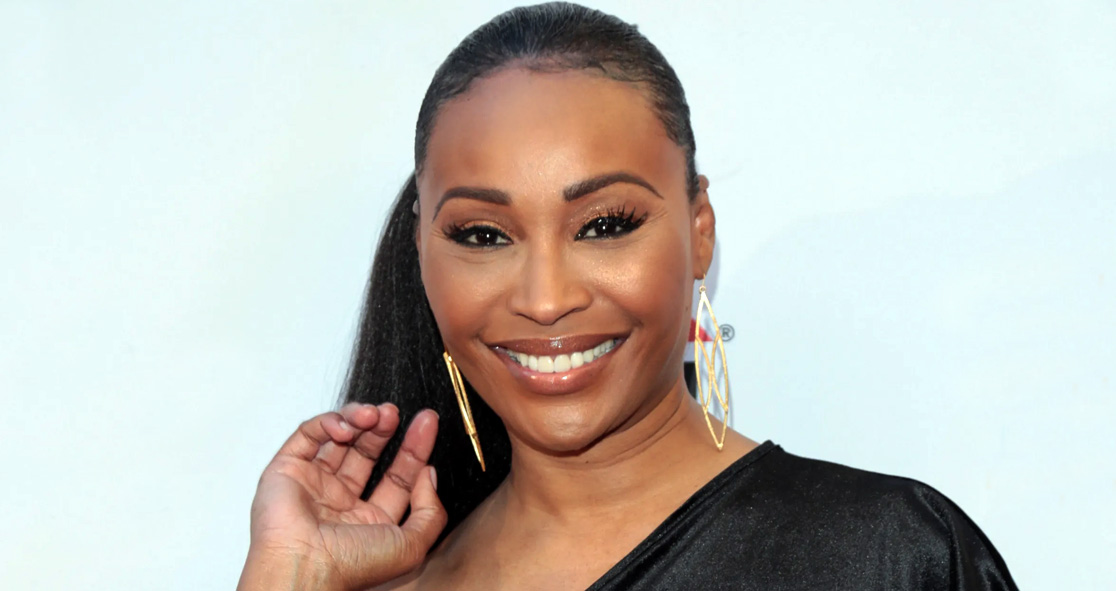Cynthia Bailey recalls the physical and mental pain induced by her fibroids. It has been a decade since her fibroids were treated.
The 55-year-old told PEOPLE that having fibroids growing in her womb left her in a “dark place” mentally, affecting so many aspects of her life that she felt like a “disaster.”
She said, “It’s very hard to be in a good space mentally when you’re bleeding all the time and when you don’t have any energy, and you’re anemic and you don’t have the sex drive you used to have.”
“Mentally, I found that I was just in a dark place without really knowing I was in a dark place,” she added. “When I look at photos of myself during that time, it was like the light was gone because I was bleeding to death in a lot of ways.”
The former Real Housewives of Atlanta star has teamed up with USA Fibroids Centers to raise awareness and educate women about a non-invasive, non-surgical way to treat uterine fibroids.
Bailey rejected the idea of getting a hysterectomy. She rather opted for uterine fibroid embolization (UFE). The benign tumors had grown so large that her fans thought she was pregnant.
She recalled, “My periods were always super heavy. I basically never had white sheets on my bed. I was always bleeding out.
“Work wise it was very difficult to even work the first two or three days of my cycle, because my bleeding was just so heavy,” she added. “I was anemic, so I had no energy, very low sex drive.” She also said sex was painful at the time.
Bailey explained, “It not only affected me. It was affecting my family, my husband, my sex life. I was moody. I was exhausted. I was anemic. I was bleeding all the time. I was a disaster.”
The actress first found out about fibroids when she was pregnant with her daughter Noelle Robinson, 22. Back then, it was asymptomatic and it was not affecting her baby. But, over time, it got worse.
Undergoing a hysterectomy, which involves removal of the womb as well as fibroids, did come up as a possibility. She said, “But that [hysterectomy] was…something that I really didn’t want to have. I wanted to be open to having more children if I wanted to. Even if I didn’t want to, I just wanted the option.”
Bailey then came across UFE, a minimally invasive treatment performed by an interventional radiologist, often in an outpatient setting.
She said the procedure was great and within a few months, she had her menstrual flow become lighter. She described UFE as being “like a miracle.”
Bailey said, “I use my celebrity to keep the information out there for women to understand that they do have options and they do not have to suffer in silence. And they do not have to have their uterus removed to deal with their fibroid situation. That should be a last resort if it even needs to happen at all.”























